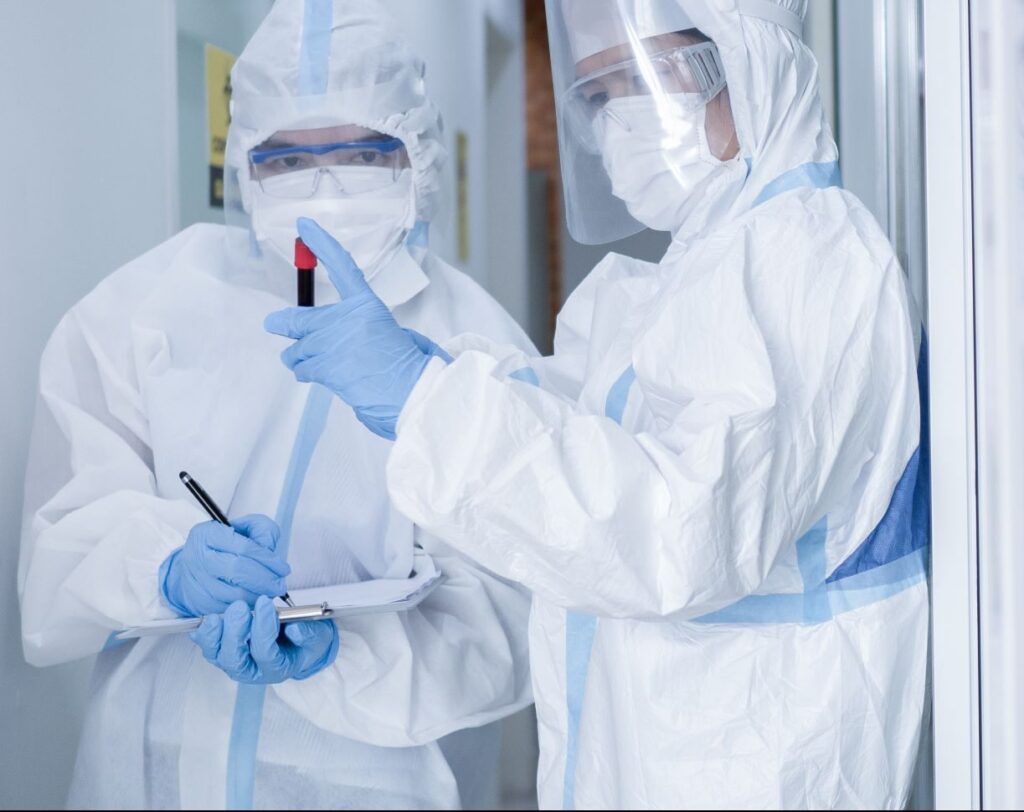ANSI/ISEA Z87.62 is the First Effort to Standardize Eye, Face Protection Against Bloodborne Pathogens
July 29, 2021 – The International Safety Equipment Association (ISEA) has received American National Standards Institute (ANSI) approval for ANSI/ISEA Z87.62 – 2021 American National Standard for Occupational and Educational Eye and Face Protection Devices for Preventing Exposures Causes by Sprays or Spurts of Blood of Body Fluids. This new consensus standard represents the first industry effort to standardize eye and face protectors used in occupational settings where the presence of spray and spurt biological hazards poses a risk.
“Throughout the COVID pandemic, we’ve seen an increased emphasis on eye and face safety equipment to reduce risk to healthcare workers from biohazards such as spray or spurt of bodily fluid. New safety products quickly entered the market attempting to meet demand,” said Jim Harris, PhD, PE, National Institute for Occupational Safety and Health (NIOSH) and vice-chair of the Accredited Standards Committee on Safety Standards for Eye Protection, Z87. “However, there was no standard by which to evaluate how well these products performed on tests simulating some spray or spurt situations. Now, we have specific performance criteria to better inform workers regarding the safety equipment they depend on to be protected from potentially infectious bodily fluids.”
Spray and spurt protection is assessed through a robust test method applied to a range of products categorized by their effective coverage area of the eyes, nose, and mouth. Requirements for conforming products are similar to those in ANSI/ISEA Z87.1 for optical quality and some physical requirements. ANSI/ISEA Z87.1, the widely adopted American National Standard for Occupational and Educational Personal Eye and Face Protection, was updated in 2020.
ANSI/ISEA Z87.62 focuses on coverage and does not impose any protector impact criteria. Users whose environments may require such protection should select items that may be dual marked to ANSI/ISEA Z87.1 and Z87.62.
“Every day, millions of workers in healthcare settings, clinical research and testing facilities, veterinary services or first responder environments are exposed to bloodborne pathogens, and occupational health and safety regulations require employers to protect employees from these hazards,” said JP Sankpill, director of safety regulatory compliance at Essilor of America, and chair of the Z87 Committee. “With Z87.62, employers now have an appropriate performance standard to reference when selecting eye and face protection to prevent exposure caused by spray or spurt of infectious materials.”
ANSI/ISEA Z87.62 – 2021 was processed and approved for submittal to ANSI by the Accredited Standards Committee on Safety Standards for Eye Protection, Z87. The standard can be purchased from ISEA for $65 at safetyequipment.org/standards or through any licensed resellers.
About ISEA
ISEA is the leading association for personal protective equipment and technologies that enable people to work in hazardous environments and an ANSI-accredited standard developing organization. The association works closely with manufacturers, test labs, subject matter experts, end-users, and government agencies in the standards development process. ISEA members—leaders in safety equipment manufacturing, testing and application—are united in the goal of protecting workers worldwide. For more than 75 years, ISEA has set the standard for personal protective technologies, supporting the interests of its member companies who are united in the goal of protecting the health and safety of people worldwide.
ISEA is a recognized leader in the development of safety equipment standards, in the U.S. and around the world. It works with Congress and government agencies to consult with policymakers whose decisions affect the industry. It is a forum for information sharing and industry action, providing market insight and advocating for the use of personal safety equipment to keep workers safe. Visit safetyequipment.org for more information.


